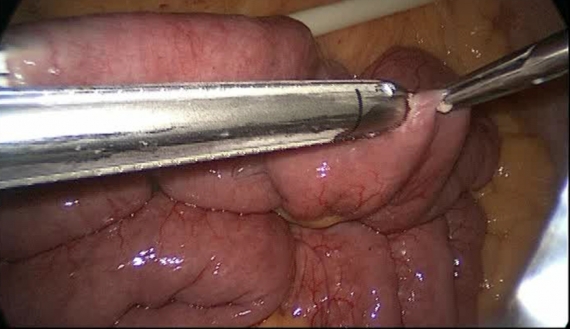
The gallbladder concentrates and stores bile as a pear-shaped sac which it can release to help digestion after a fatty meal.


The general acceptance of bariatric surgery has enabled obese people worldwide to once again lead normal, productive lives. These surgeries are generally categorized as a group of operative interventions used to…
The gallbladder concentrates and stores bile as a pear-shaped sac which it can release to help digestion after a fatty meal.
The duodenum is a C-shaped tube that receives food from the stomach and prepares it for chemical digestion further along in the intestines.
The omentum is a fatty apron that serves a protective role and helps filter immune responses to gut bacteria.
The colon is a large tube that stores feces and also contains helpful bacteria that breaks down food that has not yet been absorbed.
The stomach is a muscular sac that is important for absorbing food and preparing food for further digestion.
The liver is a solid organ that produces bile for fat digestion and is also the first stop for the majority of absorbed nutrients.
The pancreas is a gland that produces chemicals for food break-down as well as a hormone system that regulates sugar.
